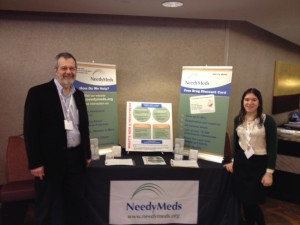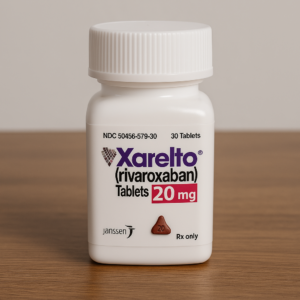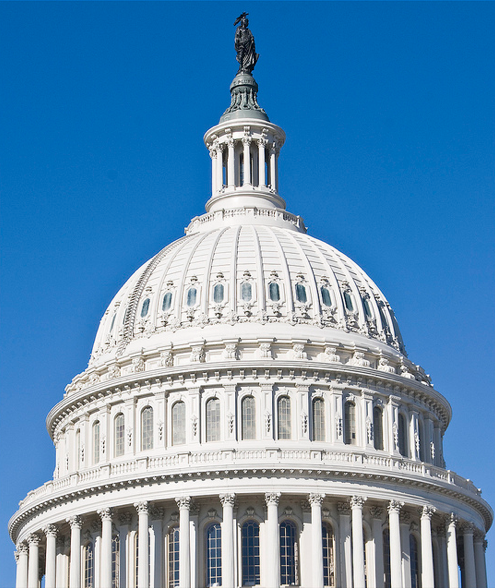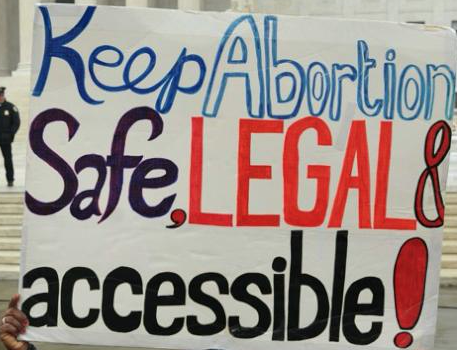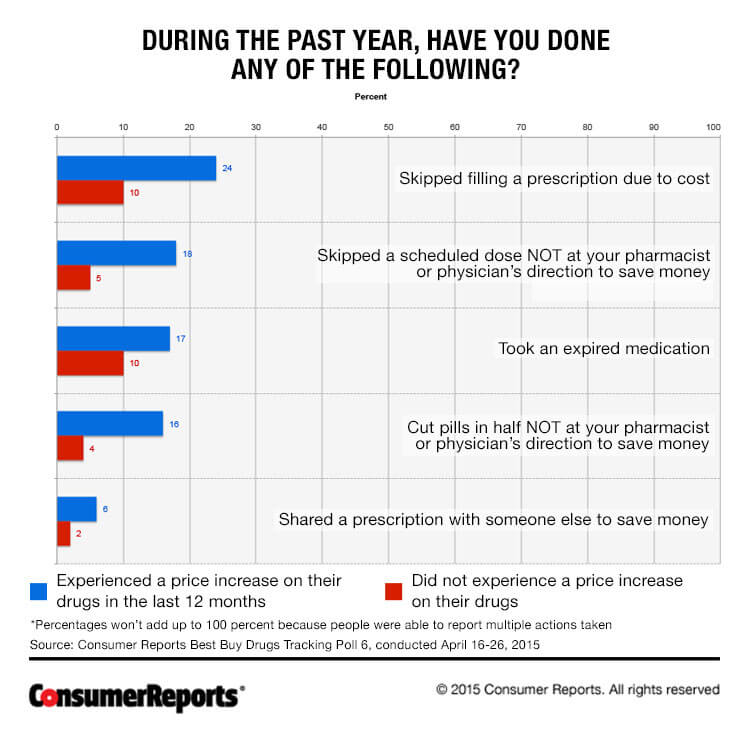Last Updated on October 21, 2024
We’ve been getting a lot of questions from our readers about how the resources we list on our website, especially the pharmaceutical patient assistance programs, will be affected by the Affordable Care Act. While we are still far away from having all the answers, we do have some additional information we can provide you after attending a recent PAP Conference. The overarching consensus is that PAPs will continue to exist to help those in need that fall into the gaps. Here is an overview of what we learned at the CBI PAP 2014 Conference, held in Baltimore on March 6-7.
Background
→ There are currently no shared processes between programs.
→ Open Enrollment ends March 31st
- Negative image of Affordable Care Act in the media.
- For those working with the disabled – visit the National Disability Navigator Resource Collaborative for resources http://www.nationaldisabilitynavigator.org.
- Many advocates are having trouble enrolling the population that has been uninsured for a long time, as they are not informed about how health insurance works at all.
→ Medicaid Donut Hole
- In the states that have not expanded Medicaid, there are going to be folks too poor to be eligible for subsidies under the marketplace and not poor enough to qualify for Medicaid in their states.
→ Not everyone between 100% and 400% of Federal Poverty Level are eligible for subsidies. This, for example, can depend on age.
Pharma Priorities and Considerations
→ Priorities are to contain costs, increase quality, encourage innovation while enhancing patient access.
→ Legal Considerations.
- Anti-kickback statute – always a legal issue for companies. Pharmaceutical companies cannot induce (or even appear to induce) patients to use a certain drug.
- November 2013
- HHS Secretary Kathleen Sebelius wrote a letter saying that plans purchased on a state or federally run market place are not counted as government sponsored programs.
- Absent further guidance – these plans are going to be treated as private plans by Patient Assistance Programs (PAPs), foundations, etc.
→ Lingering question – what happens when someone doesn’t pay or defaults on their premium? There is currently a grace period to pay. Are they considered uninsured or insured?
The Future of PAPs
→ Bulk replacement programs will likely decline over time.
→ Possible application requirements that could change.
- Medicaid Denial Letter/Proof – programs may request this more in future.
- FPL level eligibility could change.
- More flexibility to help underinsured.
→ Companies will do more benefits investigation of applicants. Patient Assistance Programs (PAPs) will:
- Educate patients on what‘s available to them.
- See if they can find a foundation or an insurance plan for the applicant – leaving the free drug program as the last resort for those who truly have no other option.
- Increasingly consider the applicant’s co-insurance, copayments and out of pocket costs.
→ Increasing use of electronic applications.
→ PAP Processes will generally remain the same.
→ Companies will treat marketplace programs as commercial for now.
→ With less standardized coverage options with more diverse patient needs, companies will be developing programs that handle complexity. Programs will continue to adapt and evolve.
→ One company projected that 49% of those currently on their PAPs by 2019 will still be on PAPs, so there will be a continued need for assistance programs.
→ PAPs will spend more time determining if applicants are eligible for programs.


